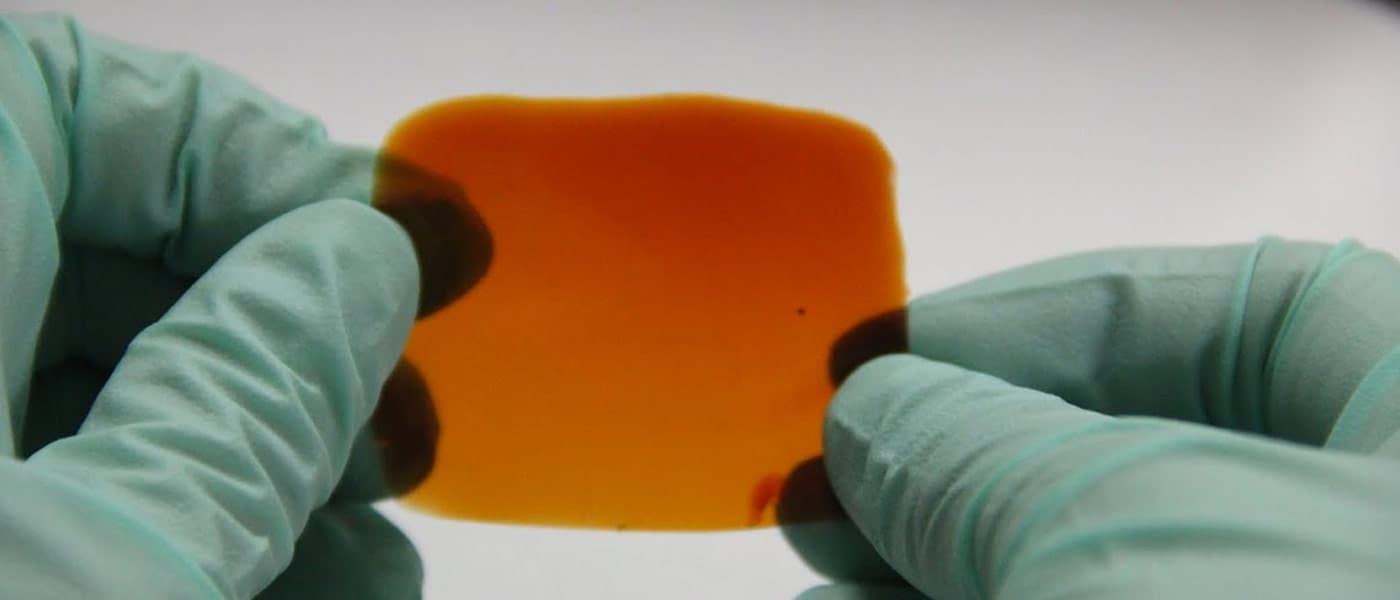The Remarkable Polymer
Stanford University researchers just synthesized a material which, when tested, produced some pretty remarkable results—it's super stretchy, self-healing, and responsive to an electrical field. These properties make it a perfect material for artificial skin and muscle.
The study, published in Nature Chemistry, was conducted by professor Zhenan Bao's work group, which has been on a quest to develop artificial skin for quite some time now, and has previously had some success.
According to the press release, when the researchers tested the newly synthesized elastomer, the results surprised them…its "stretchiness" had gone beyond the limits of the machine used to measure its elasticity and breaking point!
The limit is only about 45 inches, so the researchers had to stretch the material on their own, and the 2.54 cm (1 in) sample they used had expanded to over 100 times its length.
Beyond its shocking elasticity, it's also self-healing at room temperature, requiring neither solvents nor heat treatments. Damaged material could still self-heal at temperatures as low as -20 °C or (-4 °F), and even when aged for days.
Moreover, when the researchers exposed the material to an electric field, it twitched the same way a muscle would.
It's All Thanks to the Science Behind It
The material is a combination of linear chains of molecules linked together by organic molecules called ligands. This type of bonding process is called crosslinking, which gives the material its remarkable elasticity.
The researchers "doped" the material with metal ions, which had a strong affinity to the ligands. Torn samples, when put back together, self-heal through the metal ions by rebuilding the broken chain of molecules. These ions are also responsible for the material's responsiveness to an electrical field.
The results of the new polymer adds to Bao's efforts to create artificial skin and muscle that could be applied to prosthetic limbs to return the lost sense of touch. Even robotics could benefit from the technology, which could impart a delicate tactile and sensory capacity to machines not known for such.
Share This Article
